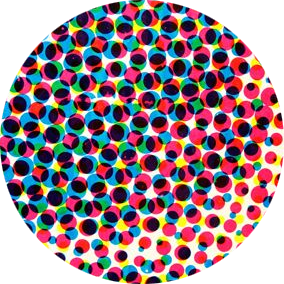The Mechanics of the “Gag Strip”

The “gag strip,” a short comic strip common in newspapers, is sometimes viewed as a simplistic form of humor. Yet gag strips are considerably more complex than they’re often given credit for, due in part to comics’ unique representations of space & time. 1/12 #ComicsStudies




We don’t see the moment where Charlie Brown hits the ground. Instead, we see the lead up to the kick, then Charlie’s body in mid-air, then the aftermath of the fall, wherein Charlie’s physical and emotional betrayal is exaggerated by spinning eyes, stars, and spirals. 6/12

We have to imagine Charlie’s fall, filling in the gap using our own experience & imagination. Thus, we’re accomplices to his pain. But the excess lets us both identify with the pain & laugh at/through it; the strip evokes a real fall without realistically resembling it. 7/12

In “The Visual Language of Comics,” Neil Cohn further explains how pacing enhances punchlines. Cohn breaks down the classic gag strip into 5 types of panels—initial, establisher, prolongation, peak & release. These can be arranged in different orders for different effects. 8/12

The establisher panel is the set-up or context of the scene; the initial panel is the instigation of action; a prolongation panel creates suspense; a peak can heighten the action *or* conclude it; and a release applies to strips that end with a reflective moment/punchline. 9/12

Longer strips use these types multiple times, but the principles maintain. In this “Calvin & Hobbes” strip, the most significant prolongation panel (the second-last one) enhances the punchline by encouraging us to pause & share the characters’ contemplative realization. 10/12

Gag strips are so effectively paced and distilled they can be arranged in different ways—vertically, horizontally, or in squares. This is partly form following function; strips have to be adaptable to survive on cramped pages that rarely care about artistic integrity. 11/12

All of which is to say: the simplicity of gag strips isn’t simple. Achieving such seeming simplicity is a complex art, developed and fine-tuned by countless artists who taught each other how to make comics while simultaneously teaching the public how to read them. 12/12
